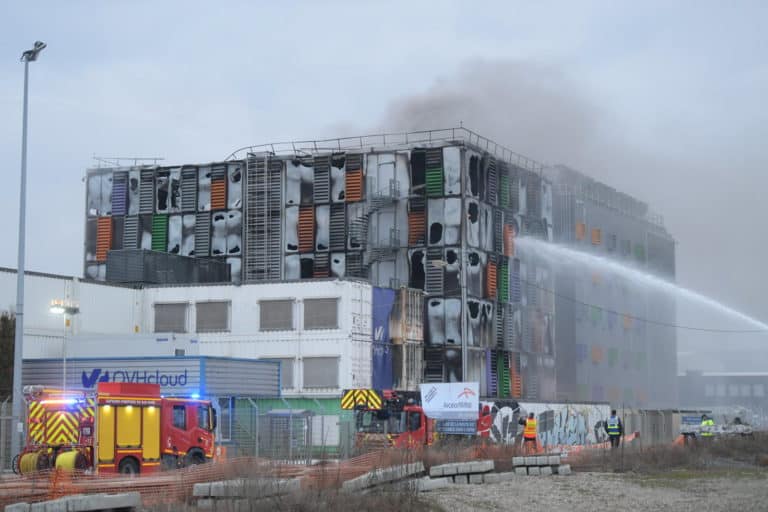Hosting provider OVHcloud has announced that almost all services affected by the March fire are back online. The company also announced a plan to significantly improve its resilience to such incidents over the next five years.
In a video posted to Twitter, OVH founder and CFO Octave Klaba and CEO Michel Paulin update on the situation around the data centre that burned down in March. The company has four data centres in the French city of Strasbourg. One of them, SBG2, was completely lost in the fire. Another data centre, SBG1, was badly damaged, although OVH still managed to save some of the hardware.
Almost everything back online
The fire put a large part of the company’s services out of action. Since then, OVH has been working hard to get them back online. This was a considerable process, in large part because the salvageable hardware from SBG1 required extensive cleaning before it could be used again. By now, 118,000 of the 120,000 services are back online, according to Paulin.
Hyper resilience
In order to prevent a fire from having similarly disastrous consequences in the future, OVH has launched a five-year “hyper resilience” plan. The first step of the plan is to improve the backup policy. Until now, backups have been mainly for internal use and in some cases stored within the same building or region. However, this system does not provide enough security if a data centre burns down and a neighbouring data centre is also damaged.
Therefore, the company is going to create a new data centre region, exclusively intended for backups and separated from the operational regions. This way, a disaster is extremely unlikely to cause data loss. Customers will also have more options for backups. In the future, they will be able to choose how their data is kept safe. This will be a free service.
Finally, OVH is changing how it builds its data centres and is introducing software-managed resilience across three data centres in a region. The company will start this in Paris and later roll it out to the rest of Europe, the US and Asia.
Three datacenters will be completely rebuilt
Ultimately, OVH aims to completely rebuild three of the four Strasbourg data centres: SBG1, SBG2 and SBG4. In doing so, the company will also be able to tackle the power grid. When the company built its first data centre in Strasbourg, the ambitions for the site were still small. In the end, expansion proved necessary, but the power grid of SBG2 was then installed on top of that of SBG1. This was one of the reasons why those data centres suffered a power outage in 2017. The March fire appears to have been caused by a faulty UPS.
